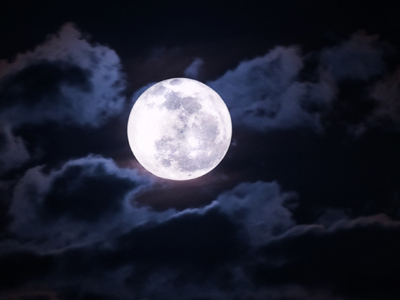

Earth, Moon and Sun
This Science quiz is called 'Earth, Moon and Sun' and it has been written by teachers to help you if you are studying the subject at elementary school. Playing educational quizzes is an enjoyable way to learn if you are in the 3rd, 4th or 5th grade - aged 8 to 11.
It costs only $19.50 per month to play this quiz and over 3,500 others that help you with your school work. You can subscribe on the page at Join Us
Earth is one of the 8 planets (Pluto is no longer regarded as a planet) which orbit the Sun. It has a circumference of 40,000 km which may sound big - until you realize that the Sun's circumference is 109 times larger! The Moon is not a planet - it is a moon and it orbits the Earth. Some planets have many moons - Jupiter for example has at least 67 in orbit around it! The Sun's temperature is approximately 5,500 degrees Celsius on its surface. If you think that's hot, consider the Sun's core, which is about 13,600,000 degrees Celsius! Luckily for us, the Earth is much, much cooler!
Ready for more?
not all...
quizzers. Try to win a coveted spot on our Hall of Fame Page.






